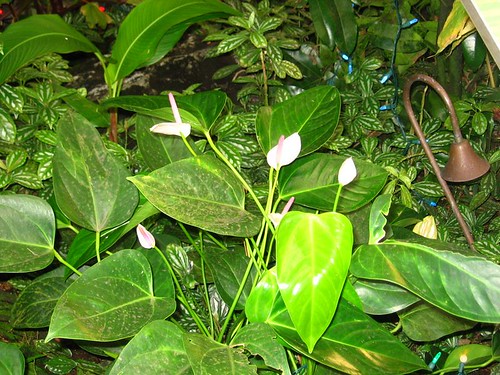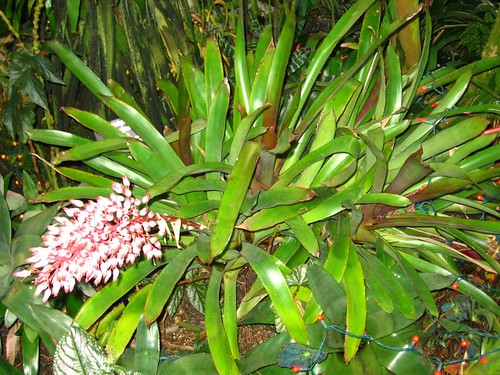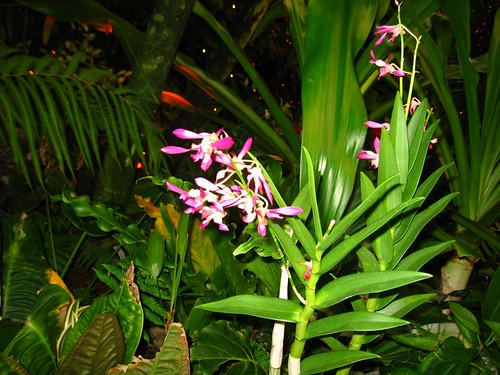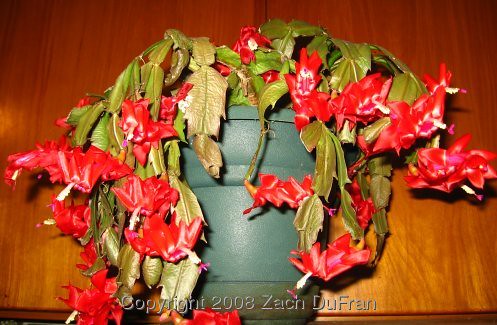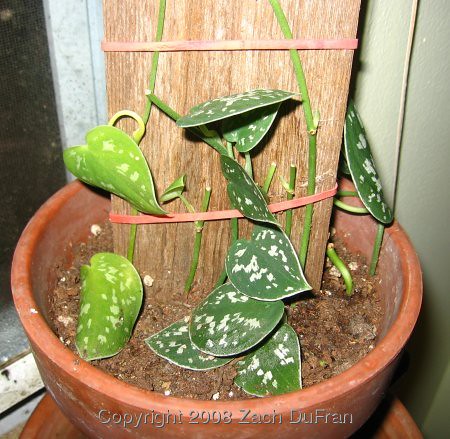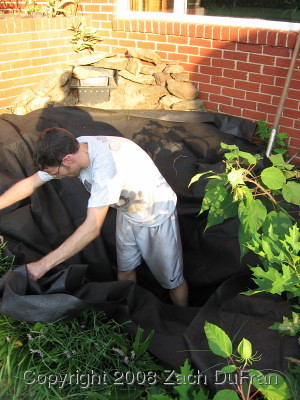At this time of the year, everyone is making resolutions. So I guess I will talk about what I plan to do for this next year. More than resolutions, these are my goals. The first four goals apply to this blog directly and the last five apply to me and my plants.
Well, that does it for now. Those all seem like doable goals. And each one of them will probably result in a couple of posts. I'll keep you updated.
- Continue posting at the rate of 2-3 times per week. I started this blog a year and a half ago, but only began posting at regular (frequent) intervals a couple of months ago. So far I have not had trouble coming up with at least 2 posts a week. I hope to keep that trend throughout the year.
- Review about 1 plant book a month. Even if I don't read one new plant book each month, I have a backlog that should last me the full year - all I need to do is write the review.
- Write a "trip report" about once a month. This will be a little trickier, as I don't know off the top of my head 12 different places to visit and write about. But I will give it a shot. More than likely this will become more of a quarterly post, or just as they occur. I won't hold myself to the month interval, since my vacations tend to be distributed more heavily towards Spring and Summer.
- Write a "project" post once a month. I have written three posts that I tagged and categorized as "projects." I foresee more of these in the future, as I plan to write about my successes and failures of making hypertufa pots and terrariums. We'll see what else I get my hands into.
- Start a collection of Asarums (Wild Ginger). I have had just one species of Asarums in the past, but I've been saving up some money so that I can order 2 or 3 varieties from Asiatica Nursery and begin a real collection. [I'm not sure if I want to start the collection in the Spring or wait until the Fall, since they will thrive in my cool, dark house overwinter.] I received a collector's book on Asarums for Christmas that I will be posting about soon - stay tuned!
- Grow some of my own food. During the summer of 2008, we grew about 5 tomatoes (maybe less) and 3 limes. For the summer of 2009 I have some ambitious plans to grow: tomatoes, potatoes, kiwi (will not have fruit this year), and broccoli. Last year I tried broccoli, but the plants kept getting eaten by some caterpillars. I don't have a lot of room for gardening in the sun, but I am going to try growing the tomatoes and broccoli in pots this year, so that I can move them into the appropriate full sun locations and save my ground space for potatoes and kiwi. The kiwi will take a couple of years before fruiting, but I want to get them in the ground this year. The potatoes (my favorite vegetable) will also be a new venture for me. Wish me luck!
- Vigorously plant front figure 8 bed. We have a wonderful front flowerbed in the shape of a figure 8 that is filled with red and white tulips in the Spring. The rest of the growing season it gets invaded by grass. We have tried putting down tarp and covering with mulch after the tulips are finished, but that's just not very pretty. Last year we planted potato vine, which was great. The only problem is that we didn't plant enough. This year I want to plant sooner (while the tulips are just finishing their blooming) and plant about twice as much. If I stay on top of watering them at first, they should really fill out the bed nicely and keep the grass out.
- Fertilize. I have never fertilized any of my own plants before. Some of my plants have not bloomed for me - ever. Are these two items coincidental? I think not. I was very happy not fertilizing my plants, but I have committed to fertilizing regularly starting this spring. Maybe I will get my Walking Iris, Shell Ginger and Bougainvillea to bloom this year!
- Recreate the corner garden. Two years ago we started a beautiful little corner garden in our backyard. At the time it was a shade garden. After the ice storm in December 2007, it became a full/part sun garden, since the trees hanging over the garden were destroyed. To make matters worse, the small cherry tree we had planted in front of the garden has since died, so we can't hope for it to one day shade the garden. And I can't count on my tiny Japanese Maple to provide shade anytime soon. This last summer the garden suffered because I had planted it with shade perennials (hostas and coral bells, mostly). Now I need to either rethink the garden or plant a new shade tree so that this garden can return to form. I've been thinking about planting a ginkgo tree ever since I saw one last fall that was a beautiful solid shade of yellow. What do you think?
Well, that does it for now. Those all seem like doable goals. And each one of them will probably result in a couple of posts. I'll keep you updated.
